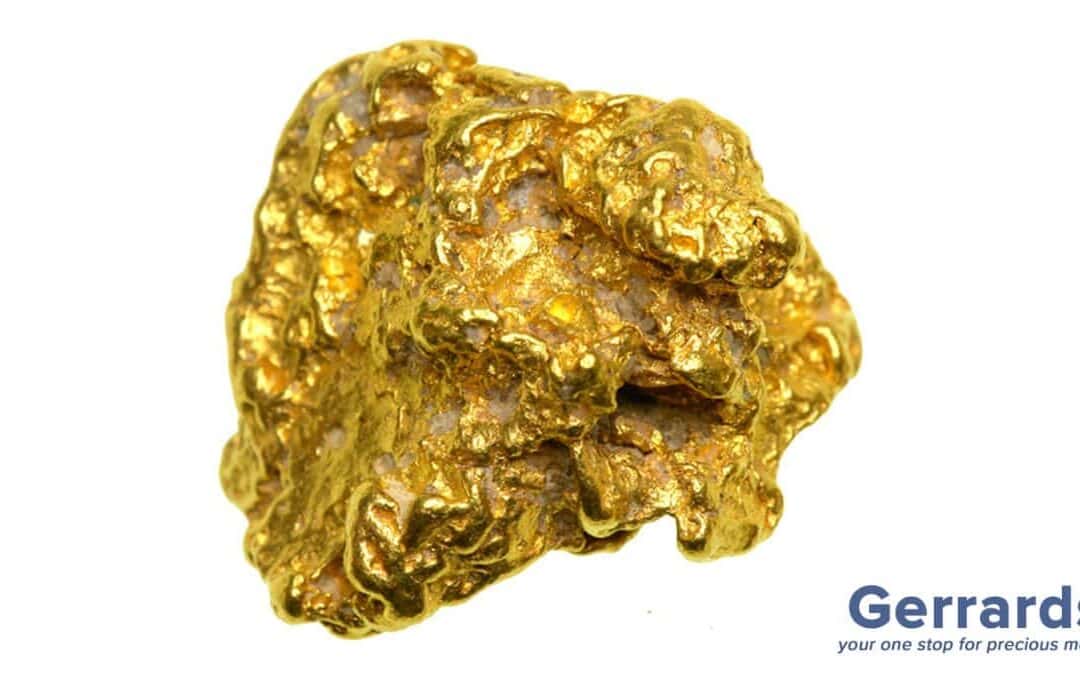Gold isn’t always what it seems. While the lustrous metal is naturally pure, most gold items are combined with other metals to increase strength and durability. This process is where “gold purity” comes into play. Let’s explore what gold purity means and why it matters for your gold jewellery and investments.
What is Gold Purity?
Gold in its purest form is remarkably soft. To make gold jewellery, coins, or other objects that can withstand daily wear, it’s often mixed (or alloyed) with other metals like silver, copper, nickel, or zinc. Gold purity indicates the proportion of pure gold within that alloy.
There are two primary systems used to measure gold purity:
Carat (kt): Gold purity in carats is denoted out of 24 parts. Pure gold is 24 karat (24kt). An item that is 18kt gold contains 18 parts gold and 6 parts of other metals, making it 75% pure.
Fineness: Fineness expresses purity in parts per thousand. Pure gold is 999.9 fine. A gold object marked 750 is 750 parts gold out of 1000, also meaning it has 75% purity.
| Karats (kt) | Fraction of Gold | Percentage of Gold Purity | Fineness |
| 24kt | 24/24 | 99% | 999.9 |
| 22kt | 22/24 | 91.7% | 916 |
| 18kt | 18/24 | 75% | 750 |
| 14kt | 14/24 | 58.3% | 583/585 |
| 10kt | 10/24 | 41.7% | 416 |
| 9kt | 9/24 | 37.5% | 375 |
How is Gold Purity Measured?
The most reliable way to determine gold purity is through a hallmark. Hallmarks are a series of small symbols stamped onto a piece of gold. These symbols provide information that includes:
Purity Mark: This indicates the gold purity in carats or fineness as discussed previously.
Maker’s Mark: This identifies the manufacturer or sponsor of the gold item.
Assay Office Mark: This tells you where the item was tested and hallmarked.
Date Letter (optional): Some countries include a letter to represent the year the item was hallmarked.
Hallmarking is often a legal requirement, especially for jewellery. Trained professionals at assay offices are responsible for testing the gold’s purity and applying the hallmark.
Why is Gold Purity Important?
Understanding gold purity is crucial for several reasons. Firstly, the primary reason gold purity matters is its direct impact on value. Higher karat or fineness gold contains a greater percentage of pure gold, making it intrinsically more valuable.
If you’re buying gold as an investment, aiming for higher purity will offer a greater return when you choose to sell. Secondly, pure gold is soft and easily deformed. The other metals added in alloys make it harder and more resistant to scratches and dents, increasing its durability.
This explains why most gold jewellery will be 18kt, 14kt, or even 10kt – the tradeoff in purity increases its ability to be worn daily. The addition of other metals influences the colour of gold. For example, copper adds a rosy hue, while nickel and palladium can create white gold. Your colour preferences in gold jewellery might depend on its purity.
Finally, many countries have regulations regarding gold purity. For instance, in the UK, an item cannot be legally sold as “gold” unless it’s at least 9kt. These standards protect consumers by ensuring they are getting what they pay for. Knowing the purity of your gold gives you a much better understanding of its true value, durability, and whether it complies with any legal requirements in your area.
How to Spot Fake Gold
Unfortunately, not all that glitters is truly gold. There are some simple at-home tests and observations you can make to help differentiate real gold from fakes or heavily plated items:
Look for hallmarks: As mentioned earlier, check for hallmarks indicating purity and origin. These are usually small and might require a magnifying glass to see clearly.
The Magnet Test: Gold is not magnetic. If your item is strongly attracted to a magnet, it’s likely not real gold.
The Density Test: Gold is a very dense metal. Fill a container with water, note the water level, and then drop your item in. Real gold will sink quickly and displace only a small amount of water. A fake item might float or displace a lot of water (indicating it’s a lighter metal).
The Skin Test: Wear a suspected gold item for several hours. If it leaves a black or green mark on your skin, it’s likely made of a base metal with gold plating. Pure gold doesn’t react with your skin.
The Ceramic Test: Drag the gold item across an unglazed ceramic plate or tile. Real gold will leave a gold streak. A fake item is more likely to leave a black streak.
Hallmarking is often a legal requirement, especially for jewellery. Trained professionals at assay offices are responsible for testing the gold’s purity and applying the hallmark.
Gold purity is an often overlooked factor, but crucial for making informed decisions before buying gold jewellery or investing in bullion.
By understanding the concepts of carats, fineness, and how gold purity is determined, you’ll protect yourself from disappointment and ensure you’re getting the true value of this precious metal.





